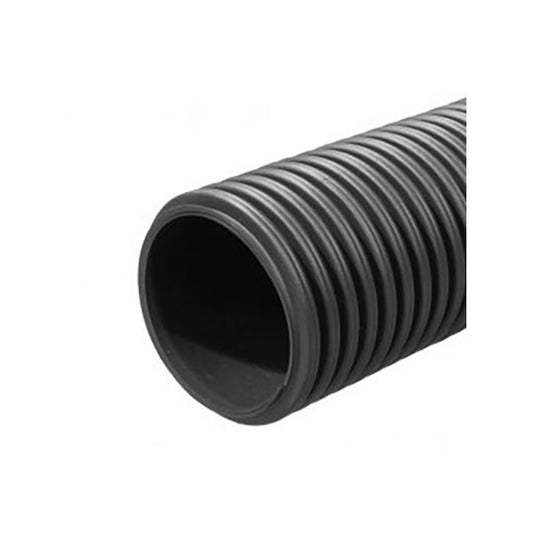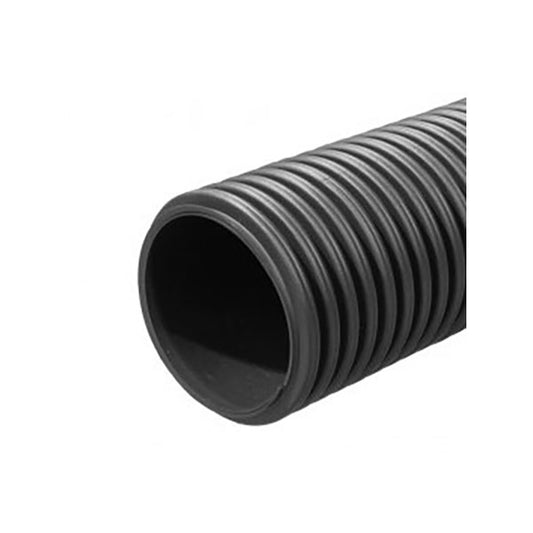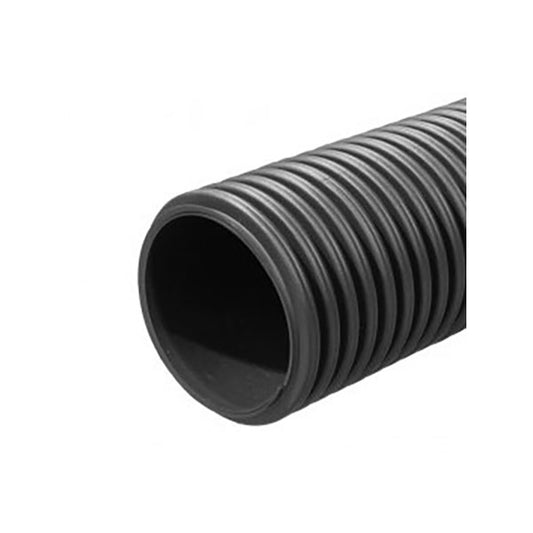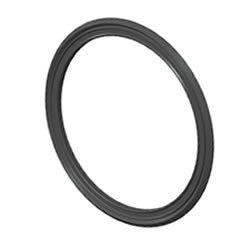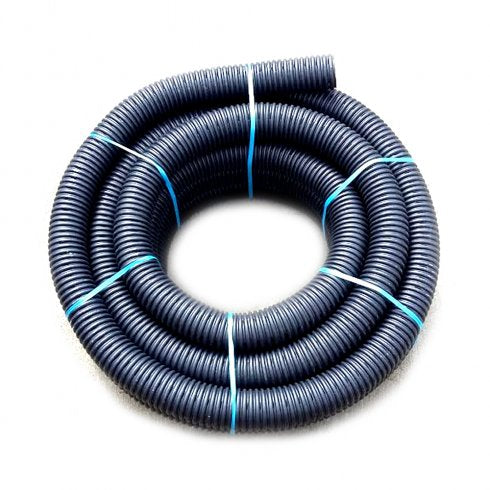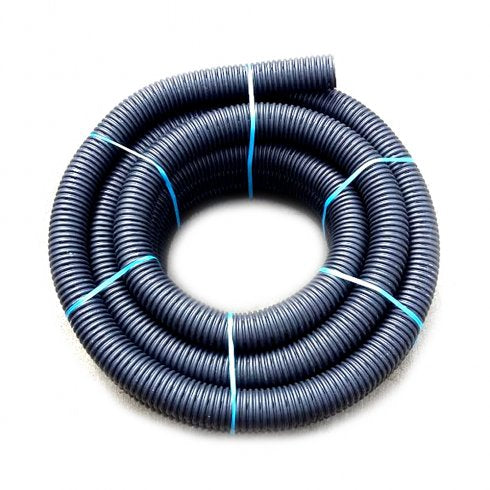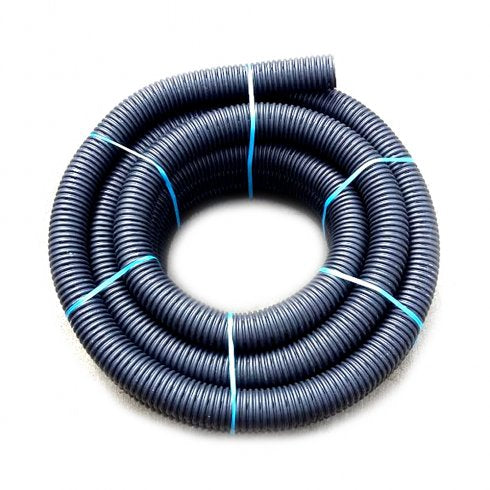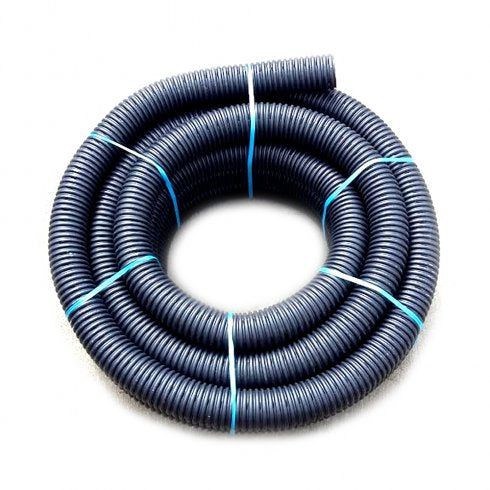Large areas of farmland were recently left underwater as swollen rivers and watercourses burst their banks, highlighting the impact that flooding and poor drainage can have on UK farms. But what is causing it to happen and what can farmers do to prevent it?
Here are some of the main causes:
Climate change
Since 1998, the UK has seen seven of its 10 wettest years on record. With winters forecast to become warmer and up to 30% wetter as a direct result of climate change, this is only set to get worse.
To manage the impact of this, farmers will need to adapt their practices in the coming years in order to ensure they can continue to produce profitable yields. Whether that’s changing the type of crops they grow or the techniques they use to grow them or embracing new technologies. What is certain though is that they will need to become even more innovative!
Urbanisation
The UK population has doubled since the start of the 1900s and as urban developments have grown, rainfall has been met with greater and greater areas of impermeable hard surfaces. During extreme periods of wet weather, this is exasperated as drainage systems can become overwhelmed, leading to the flooding of local farmland.
The NFU is currently calling for an integrated strategy that encourages the capture and storage of water when it is in surplus following flooding and wet weather events. This could then be used in agricultural production during times of hot and dry weather. The new Agriculture Bill is also likely to reward farmers for using their land for flood management purposes, although the details of this are currently unclear.
Infrastructure projects
With the government set to invest heavily in infrastructure projects in the coming years, this could cause drainage issues for UK farms. For example, new roadways, railways or housing developments that run through farmland. Farmland drainage is a specialist area and it’s vital that the right type of system is installed to prevent future flooding problems.
If any infrastructure project has impacted your farm, please let us know and we can advise on a course of action.
Watercourse maintenance
Poorly maintained watercourses and rivers can lead to flooding during periods of extreme rain. Who is responsible can be confusing. In basic terms, you are deemed responsible for this maintenance if a watercourse runs on, through, beneath, or forms the boundary of your land. Whilst the Environment Agency is responsible for main rivers and the Lead Local Flood Authority (LLFA) or Internal Drainage Board (IDB) is responsible for any other watercourse.
To find out more about how to maintain a watercourse, click here.
Old land drainage systems
The installation of clay piping systems was popular over 30 years ago when government grants were available for land drainage. In the 1980s, these grants were retracted leading to fewer farmers choosing to invest in them. More than 30 years on and, unsurprisingly, these systems are now causing problems.
To find out how to test whether a land drainage system is working, click here.
How can we help?
Our background is in farming so we understand the industry and your needs – our MD’s family have been farming for generations. We are also specialists in land drainage and supply a wide range of products at cost-competitive prices, including land drainage coil, twinwall pipe and large diameter structured pipe.
Our team of specialists can provide you with expert advice. Call us today on 0121 351 3230.
Alternatively, fill out our enquiry form:






